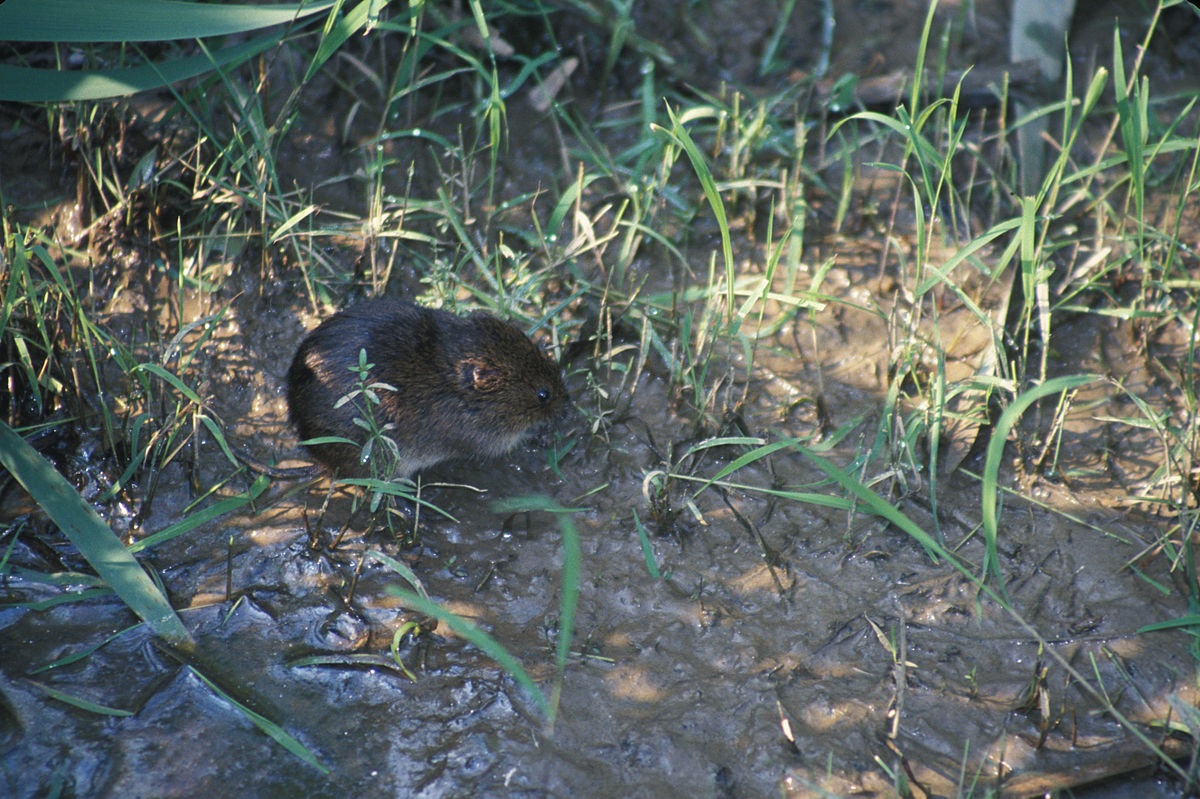Comprehensive Vole Pest Control Services in Utah
Comprehensive Vole Pest Control Services in Utah
Blog Article
Comprehensive Guide to Efficient Vole Parasite Control: Invasion Recognition and Treatment Approaches
In the realm of efficient parasite control, vole infestations pose a special difficulty that requires a strategic method. These small rodents, usually mistaken for computer mice, can damage gardens, yards, and crops if left untreated. Determining the signs of vole existence and implementing targeted treatment approaches are essential elements of a successful parasite administration plan. By checking out the subtleties of vole behavior, comprehending key signs of problem, and assessing a variety of control alternatives, one can develop an extensive method to battle these evasive parasites.
Understanding Vole Habits
Vole actions is identified by their burrowing routines and fast reproduction prices, making them a difficult bug to manage effectively. These small rodents normally produce complex passage systems underground, using them for sanctuary, food storage space, and transport. Voles are herbivores, eating a range of plants, origins, bulbs, and turfs, which can trigger substantial damages to gardens, orchards, and lawns. Their quick reproductive rate more complicates control initiatives, with females capable of generating numerous litters in a solitary year, each containing several offspring.
Voles are most energetic throughout the morning and night hours, spending most of their time foraging for food. Their tunneling routines not just interrupt lawns and yards yet also make them challenging to get rid of and identify. Recognizing vole actions is important for efficient bug control methods. By recognizing their burrow locations, monitoring feeding locations, and implementing targeted control approaches, such as trapping or environment adjustment, vole problems can be handled efficiently.
Signs of Vole Infestation

Prevention Techniques
Applying efficient prevention methods is vital in lessening vole problems and protecting plant life from their damaging feeding habits. To avoid vole infestations, it is vital to begin by getting rid of potential food resources and sanctuary.
Routinely evaluating the building for indicators of vole task, such as paths and burrow openings, is important for early detection and timely activity. If vole task is believed, think about using catches or repellents tactically placed near their paths.
Non-Lethal Control Approaches
To efficiently handle vole populations while have a peek at these guys focusing on humane methods, non-lethal control strategies offer practical options for lowering vole damages in landscapes and gardens. These barriers can be buried at least 12 inches curved and deep at a 90-degree angle to avoid voles from delving below.

Lethal Control Options
One effective approach for attending to vole problems in gardens and landscapes involves the calculated usage of deadly control options. When encountered with an extreme vole infestation that non-lethal techniques have stopped working to consist of, implementing dangerous control measures ends up being vital. On the whole, when employing deadly control choices, it is essential to do so sensibly and in conformity with web local guidelines to efficiently take care of vole invasions.
Conclusion
In final thought, effective vole pest control needs a detailed understanding of vole actions, recognition of indications of problem, application of avoidance strategies, and utilization of both lethal and non-lethal control approaches. By combining these approaches, individuals can properly manage vole populations More hints and safeguard their building from damages. It is very important to resolve vole problems without delay to avoid further concerns and decrease the influence on the surrounding atmosphere.
Provided the elaborate tunnel systems and quick recreation prices particular of voles, identifying the indicators of vole infestation becomes essential in effective parasite control. One of the main indicators of vole visibility is the visibility of surface paths or tracks in turf or snow, normally regarding 1-2 inches large, created as voles travel between their burrows and food sources.To properly manage vole populations while focusing on humane techniques, non-lethal control techniques supply useful options for lowering vole damages in yards and landscapes.One efficient approach for attending to vole invasions in yards and landscapes entails the critical use of dangerous control alternatives. vole lawn damage.In final thought, effective vole insect control calls for a comprehensive understanding of vole actions, recognition of signs of invasion, execution of avoidance strategies, and use of both non-lethal and dangerous control approaches
Report this page